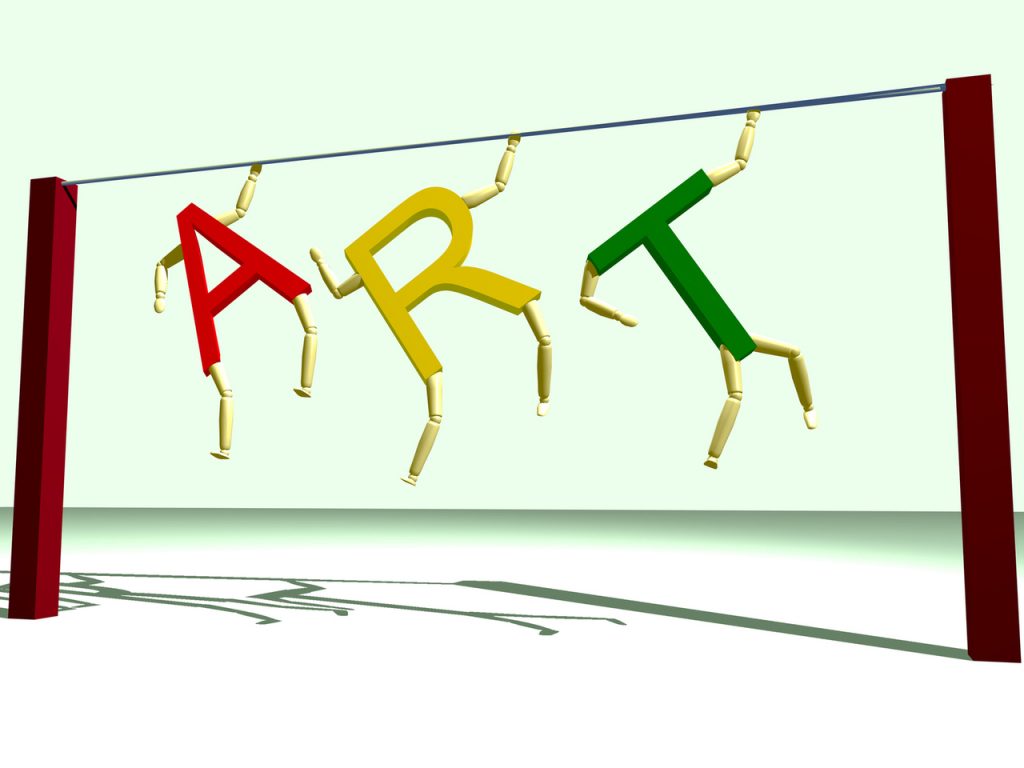When we encounter a building that leaves a lasting impression, it’s not merely a structure; it’s a work of art. Exceptional building design transcends the ordinary and captivates our senses. It combines functionality with aesthetics in a harmonious blend that can define an era, a city, or even an architect’s career. What are the key elements that make some buildings stand out from the rest? Here, we will explore the primary areas that make the most difference in exceptional building design.
Functionality and Purpose
The foundation of exceptional building design lies in its functionality and purpose. Before any aesthetic considerations come into play, architects must thoroughly understand the intended use of the building. Whether it’s a residential dwelling, a commercial space, or a cultural institution, the design must cater to the needs of its occupants. Efficient use of space, logical layouts, and consideration of user experience are crucial elements that ensure a building serves its intended purpose effectively.
Innovative Architecture
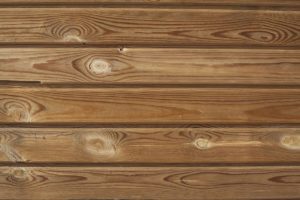
Innovative architectural designs push the boundaries of what is possible. They challenge conventions, experiment with new materials, and incorporate cutting-edge technologies. Innovative designs can take various forms, from bold geometric shapes to unconventional structures that defy gravity. These designs catch the eye and invite us to see the world from a fresh perspective.
Aesthetic Appeal
Aesthetic appeal is perhaps the most visible element of exceptional building design. It encompasses exterior and interior aesthetics, including the choice of materials, colour schemes, and overall style. Striking a balance between form and function, architects create buildings that are not only practical but also visually pleasing. Aesthetic appeal often stems from attention to detail, symmetry, and a sense of proportion.
Contextual Harmony
Exceptional building designs consider their surroundings. Whether a building is nestled in a historic district, a natural landscape, or an urban jungle, it should complement its environment. Architects achieve contextual harmony by respecting existing architectural styles, preserving natural features, and ensuring their creations enhance the overall ambience of the area. Buildings that seamlessly blend into their surroundings leave a lasting positive impact.
Sustainability and Environmental Consciousness
Sustainability and environmental consciousness play a pivotal role in shaping exceptional building designs. Architects and builders are increasingly turning to eco-friendly materials and construction methods to reduce the environmental footprint of their projects. One such sustainable choice is the use of timber battens, which provide a renewable and biodegradable alternative to traditional building materials. The incorporation of aluminium cladding in building exteriors also offers durability and recyclability, contributing to the longevity and eco-friendliness of the structure. By embracing these sustainable options, architects are not only creating aesthetically pleasing designs but also actively participating in the preservation of our planet.
Human-Centered Design
Exceptional buildings prioritise the well-being of their occupants. Human-centered design places people at the core of the architectural process. It takes into account factors such as natural light, ventilation, acoustics, and ergonomic considerations to create spaces that are comfortable, inviting, and conducive to productivity and well-being. Exceptional buildings become places where people feel at ease, inspired, and connected.
Cultural and Historical Significance
Some buildings attain exceptional status due to their cultural or historical significance. These structures often tell a story, reflect a specific era, or symbolise a cultural identity. Preserving and celebrating these elements through architectural design ensures that a building becomes more than just a physical entity; it becomes a part of a community’s identity and heritage.
Use of Technology
Technology plays an increasingly significant role in shaping exceptional building design. Advancements in computer-aided design (CAD), building information modelling (BIM), and construction technology enable architects to bring their visions to life with precision and efficiency. Smart building systems, automation, and sustainability-driven technologies are also integrated into designs to enhance both functionality and energy efficiency.
Accessibility and Inclusivity
Truly exceptional buildings are designed to be accessible and inclusive for all individuals, regardless of their abilities. Incorporating features such as ramps, elevators, wider doorways, and sensory-friendly design elements ensures that everyone can fully enjoy and utilise the space. Inclusivity in building design promotes diversity and equity in society.
Emotional Resonance
Exceptional buildings have the power to evoke emotions. They can inspire awe, tranquillity, or a sense of wonder. Whether through breathtaking architecture, thoughtfully designed public spaces, or symbolic elements, exceptional buildings connect with people on an emotional level. This emotional resonance is what makes them memorable and cherished landmarks in our lives.
In a nutshell, exceptional building design is a multifaceted endeavour that combines functionality, aesthetics, innovation, sustainability, and a deep understanding of the human experience. It considers both the present and the future, as well as the broader context in which the building exists. As architects continue to push the boundaries of creativity and technology, we can look forward to even more exceptional buildings that redefine our cities and our world.

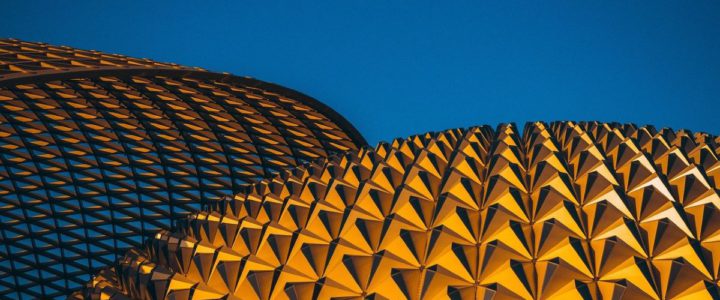









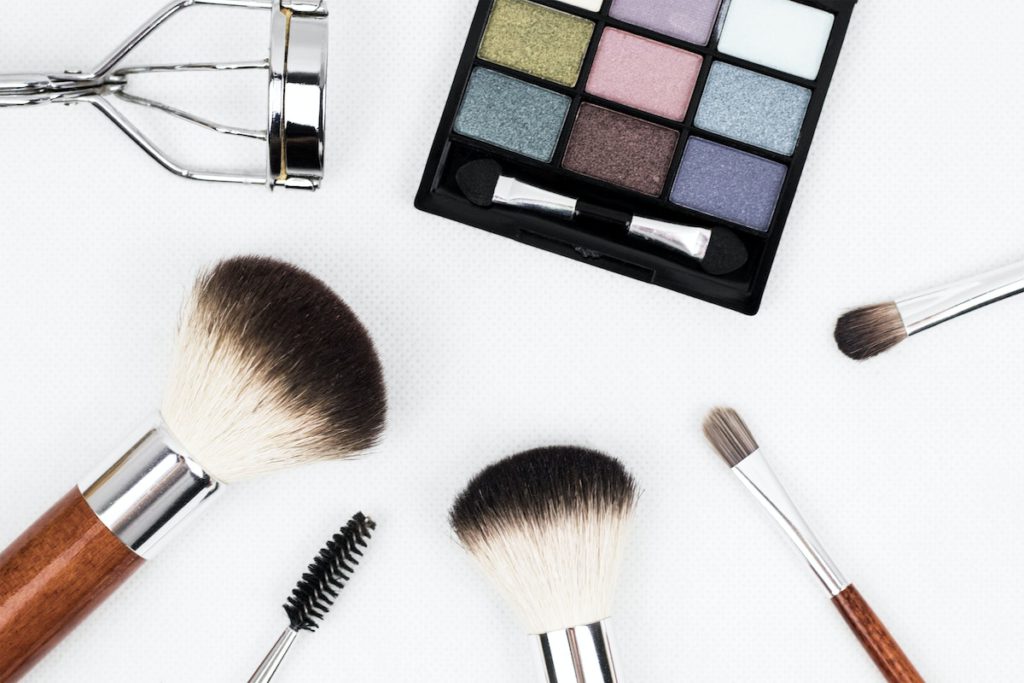
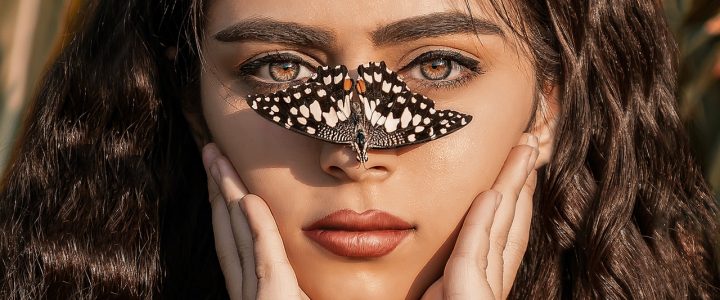


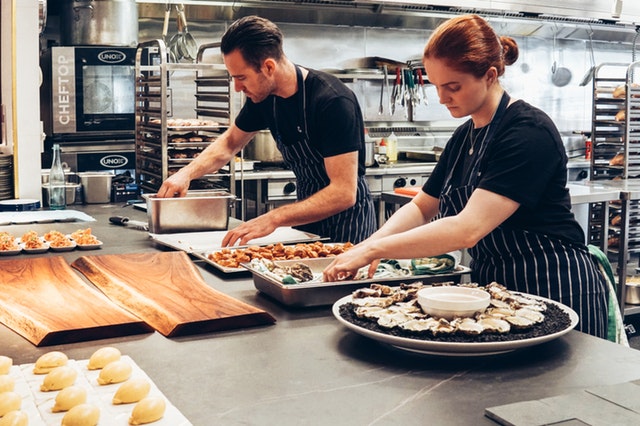


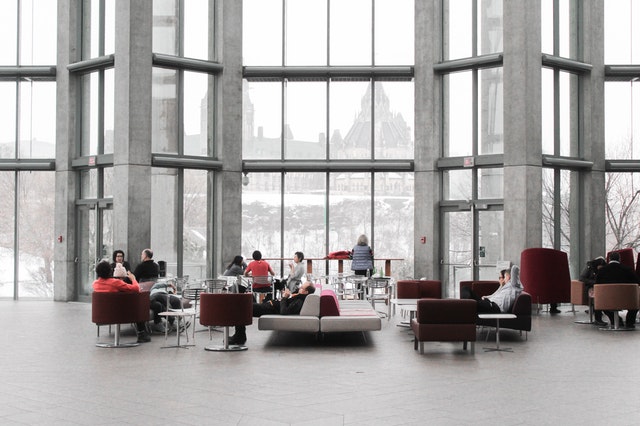


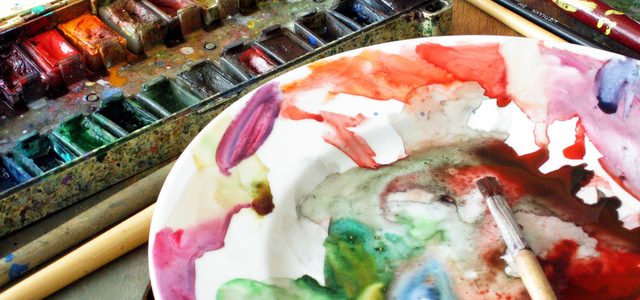

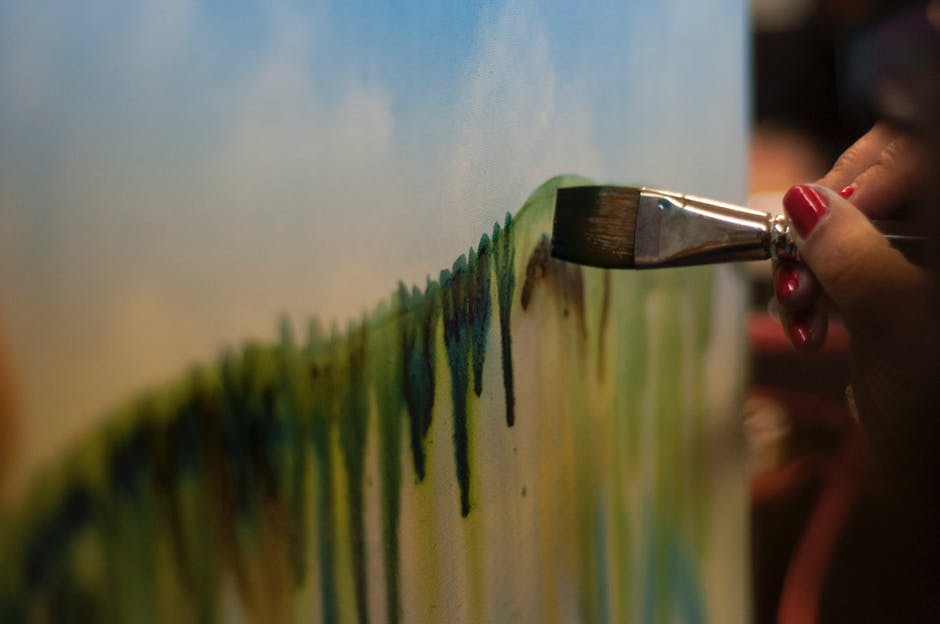

 In the grand scheme of things, the Art Cars have not accomplished much. You could trot out the usual stuff about “moving artwork in the right direction,” or “bridging two worlds,” but actually, they exist because they are cool–and sometimes, that is enough. They are evidence that neat stuff can sometimes trump bureaucracy, corporate operation, humanity’s to induce censor itself for public consumption. Seventeen art cars have been built. And while art is subjective, if you ask us, there is not a bad one in this entire group. Below is a list of only a select few from the artistic cars.
In the grand scheme of things, the Art Cars have not accomplished much. You could trot out the usual stuff about “moving artwork in the right direction,” or “bridging two worlds,” but actually, they exist because they are cool–and sometimes, that is enough. They are evidence that neat stuff can sometimes trump bureaucracy, corporate operation, humanity’s to induce censor itself for public consumption. Seventeen art cars have been built. And while art is subjective, if you ask us, there is not a bad one in this entire group. Below is a list of only a select few from the artistic cars. 1976 BMW 3.0CSL: BMW’s next Art Car, another CSL with leather car seats as an interior, was decorated by the celebrated American artist Frank Stella. Like the company’s first Art Car, it ran at Le Mans, now in 1976. Stella was a passionate race enthusiast, and the car’s gridwork references chart paper and specialized glory. The curves in addition to that remember drafting tools. In accordance with one of BMW’s in-house publications on the Art Cars, Stella was contrary to “over-interpretation” of his job.
1976 BMW 3.0CSL: BMW’s next Art Car, another CSL with leather car seats as an interior, was decorated by the celebrated American artist Frank Stella. Like the company’s first Art Car, it ran at Le Mans, now in 1976. Stella was a passionate race enthusiast, and the car’s gridwork references chart paper and specialized glory. The curves in addition to that remember drafting tools. In accordance with one of BMW’s in-house publications on the Art Cars, Stella was contrary to “over-interpretation” of his job.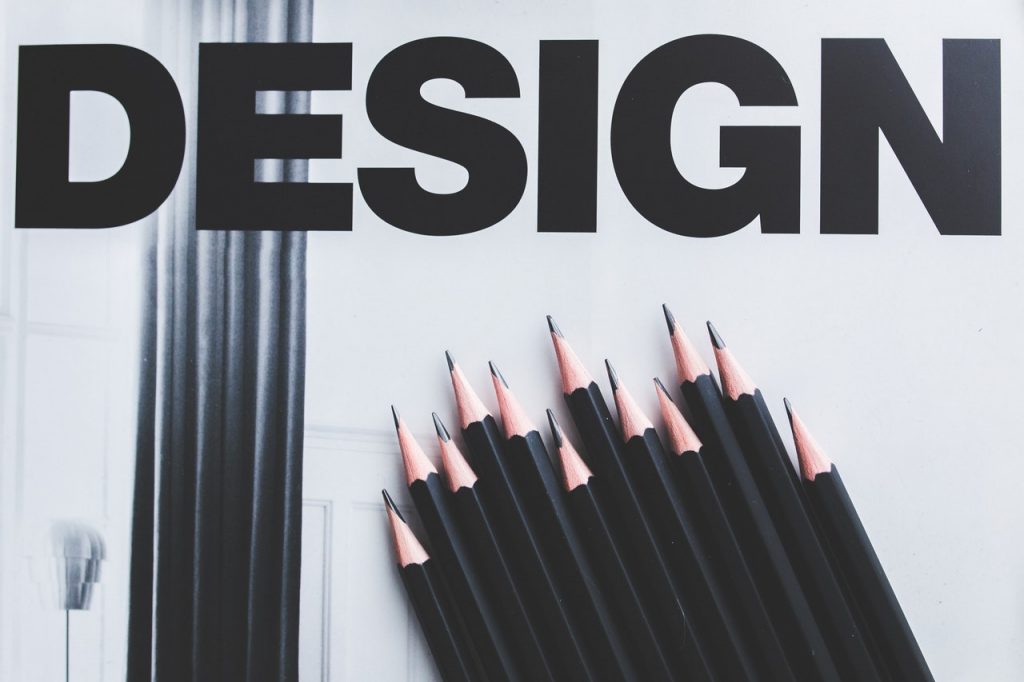 However, I recently got my first ever, personalised
However, I recently got my first ever, personalised  Having a business card is a good device to have when networking and socializing at events. The true leveraging power of a terrific business card comes out of a business card that is truly unique, with proper contact information, and design. A business card should not be the same as every other; try to be unique with your design, style, and layout when creating your business card. After all, you really do have to stand out of the crowd when networking and passing you business card out left, right, and center. If you are having trouble designing a business card, perhaps hire a designer who can tend to your needs for your business cards, and which can be personalized just for you.
Having a business card is a good device to have when networking and socializing at events. The true leveraging power of a terrific business card comes out of a business card that is truly unique, with proper contact information, and design. A business card should not be the same as every other; try to be unique with your design, style, and layout when creating your business card. After all, you really do have to stand out of the crowd when networking and passing you business card out left, right, and center. If you are having trouble designing a business card, perhaps hire a designer who can tend to your needs for your business cards, and which can be personalized just for you. Creating A site with Cargo 2 allows for a group of web pages, which could be edited or written just like writing an email or working on
Creating A site with Cargo 2 allows for a group of web pages, which could be edited or written just like writing an email or working on 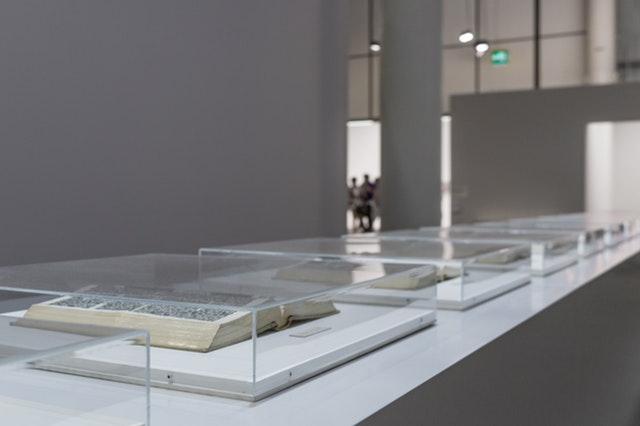 creativity, but also space for bothersome misalignments — that blank canvas editors on competitions like Wix don’t suffer from.
creativity, but also space for bothersome misalignments — that blank canvas editors on competitions like Wix don’t suffer from. Believe you receive a whole lot of text messages? SFMOMA has gotten two million this past week. The museum’s new
Believe you receive a whole lot of text messages? SFMOMA has gotten two million this past week. The museum’s new 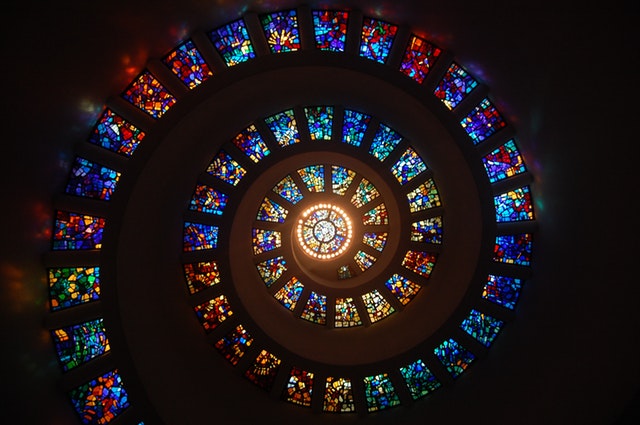 It takes a village to construct a house. The architects write the perfect structure, the builders puzzle pieces into shape and the engineers cable it alive. And, of course, you will find the interior designers. They work with the staff, finessing performance when creating the exceptional personality and special features, which make a house a house. Interior designers make your home a space to relax and enjoy. They turn a space into something, which resembles a dream environment, also known as a work of art. Interior designing keeps up with latest trends and quirks of the
It takes a village to construct a house. The architects write the perfect structure, the builders puzzle pieces into shape and the engineers cable it alive. And, of course, you will find the interior designers. They work with the staff, finessing performance when creating the exceptional personality and special features, which make a house a house. Interior designers make your home a space to relax and enjoy. They turn a space into something, which resembles a dream environment, also known as a work of art. Interior designing keeps up with latest trends and quirks of the 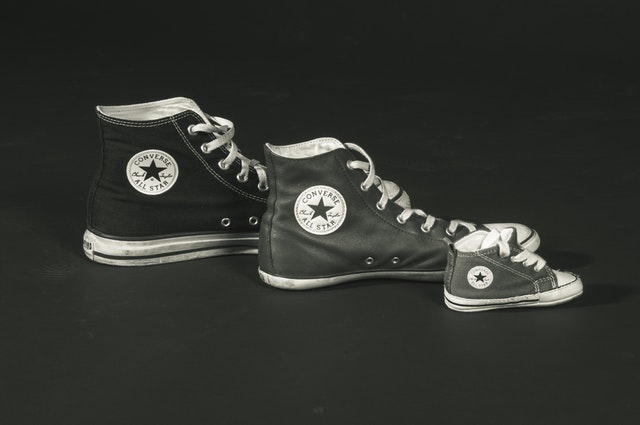 Bangalow-based shoemaker Rachel Ayland is one Australian shoemaker who has successfully established an artisanal shoemaking business. Honing her craft over the past 32 years, Rachel’s practice is driven by a dedication to creating bespoke footwear tailored to the individual. Focusing on unique pattern making, Rachel’s practice is driven by a dedication to creating beautiful men’s and women’s shoes tailored to each buyer’s needs and wants. But while Rachel is able to make a viable income from her craft it hasn’t been without challenges. Rachel describes what it is like to be a shoemaker, identifying the challenges faced in starting up such a unique business. Below is a short article on how we understood Rachel’s unique business as a shoemaker.
Bangalow-based shoemaker Rachel Ayland is one Australian shoemaker who has successfully established an artisanal shoemaking business. Honing her craft over the past 32 years, Rachel’s practice is driven by a dedication to creating bespoke footwear tailored to the individual. Focusing on unique pattern making, Rachel’s practice is driven by a dedication to creating beautiful men’s and women’s shoes tailored to each buyer’s needs and wants. But while Rachel is able to make a viable income from her craft it hasn’t been without challenges. Rachel describes what it is like to be a shoemaker, identifying the challenges faced in starting up such a unique business. Below is a short article on how we understood Rachel’s unique business as a shoemaker.

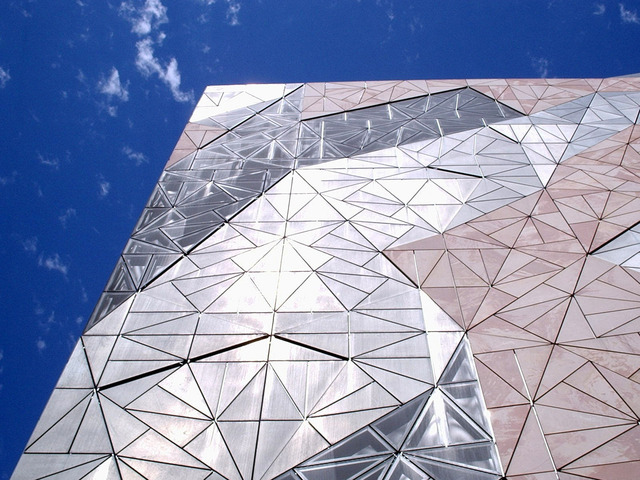
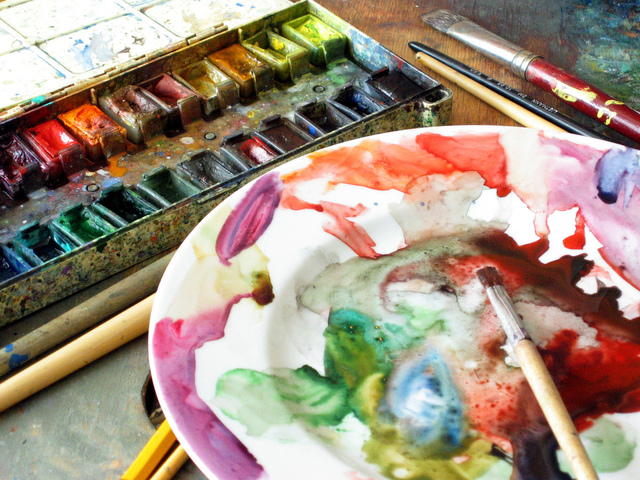 Meet Nalini Roshell Singh, the art-loving fitness trainer who holds a Bachelor’s degree in Mathematics and Stats. The uncommon mix reveals Singh’s multitalented side. Nevertheless, her ability does not end there as she is also an inspirational speaker, a
Meet Nalini Roshell Singh, the art-loving fitness trainer who holds a Bachelor’s degree in Mathematics and Stats. The uncommon mix reveals Singh’s multitalented side. Nevertheless, her ability does not end there as she is also an inspirational speaker, a  When it comes to physical fitness and being a
When it comes to physical fitness and being a  present– the gardens and landscapes themselves. In an exhibit occupied with figural and abstract paintings, intense, polychromatic strategies, and sculptural maquettes, it is simple to lose sense of the product that Burle Marx, through numerous commissioned works, so successfully mastered: outdoor amongst the frequent renovations and hot water service repairs – and often public – area. The white noise of Plages brings back a few of the spatial dimension that escapes the graphics and designs that frequently represent Burle Marx’s oeuvre.
present– the gardens and landscapes themselves. In an exhibit occupied with figural and abstract paintings, intense, polychromatic strategies, and sculptural maquettes, it is simple to lose sense of the product that Burle Marx, through numerous commissioned works, so successfully mastered: outdoor amongst the frequent renovations and hot water service repairs – and often public – area. The white noise of Plages brings back a few of the spatial dimension that escapes the graphics and designs that frequently represent Burle Marx’s oeuvre.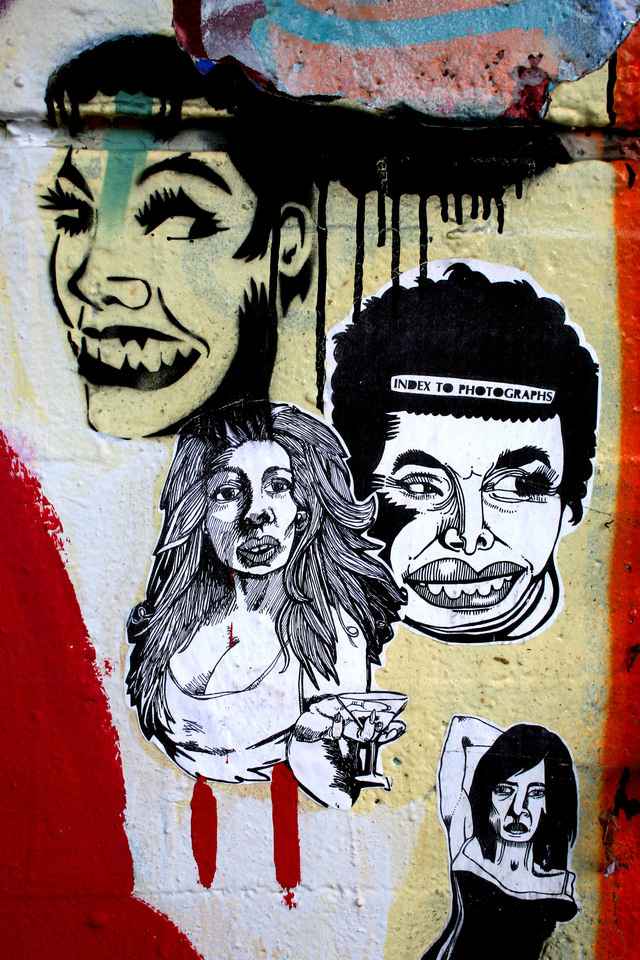
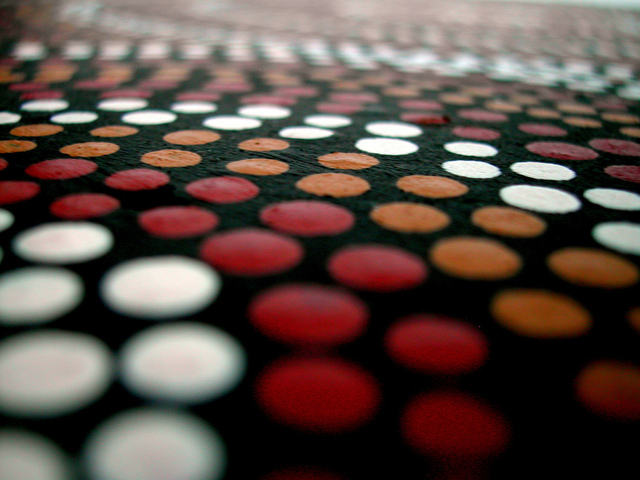 When Jackie Huggins and Rod Little hand
When Jackie Huggins and Rod Little hand 